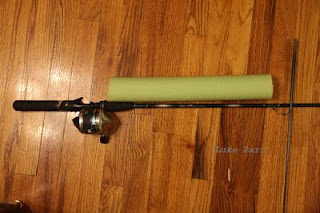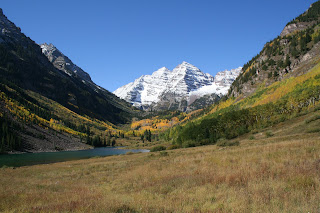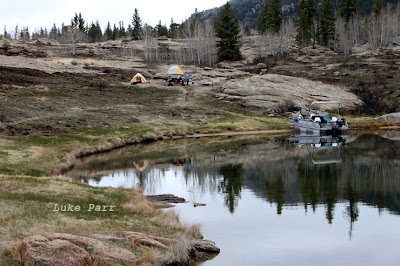Search This Blog
Hiking, Backpacking, Fishing, Geocaching and Photography in the Rocky Mountains and beyond.
Posts
Showing posts from June, 2011
Camping And Fishing At Blue Mesa Reservoir
- Get link
- Other Apps
Microstock- Selling Your Photos Online
- Get link
- Other Apps



